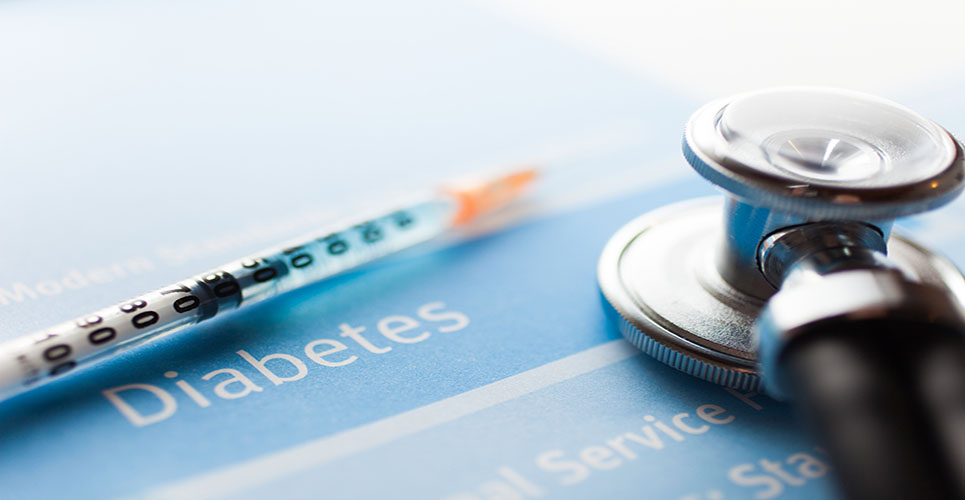teaser
A study has estimated the number of emergency department (ED) visits for adverse drug events involving Beers criteria medications and other medications.
The Beers criteria estimate the number of and risk for ED visits due to inappropriate use of medications in older adults.
Data was obtained from the National Electronic Injury Surveillance System, Cooperative Adverse Drug Event Surveillance System, 2004 2005; National Ambulatory Medical Care Survey, 2004; and National Hospital Ambulatory Medical Care Survey, 2004.
The subjects involved were aged 65 years or older seeking ED and outpatient care.
The following results were reported by the US study:
* There was an estimated 177,504 ED visits for adverse drug events between 2004 and 2005;
* An estimated 3.6% of these ED visits were for adverse events medications considered to be always potentially inappropriate, according to the Beers criteria;
* More than a third (33.3%) of visits were for adverse events from three commonly prescribed drugs (warfarin [17.3%], insulin [13.0%], and digoxin [3.2%]);
* Taking into account outpatient prescription frequency, the risk for emergency department visits for adverse events due to warfarin, digoxin and insulin was 35 times greater than that for medications considered to be always potentially inappropriate.
The researchers concluded that “compared with other medications, Beers criteria medications caused low numbers of and few risks for emergency department visits for adverse events.”
They suggested that based on these findings, strategies to reduce adverse drug events among older adults should focus on warfarin, insulin and digoxin.

